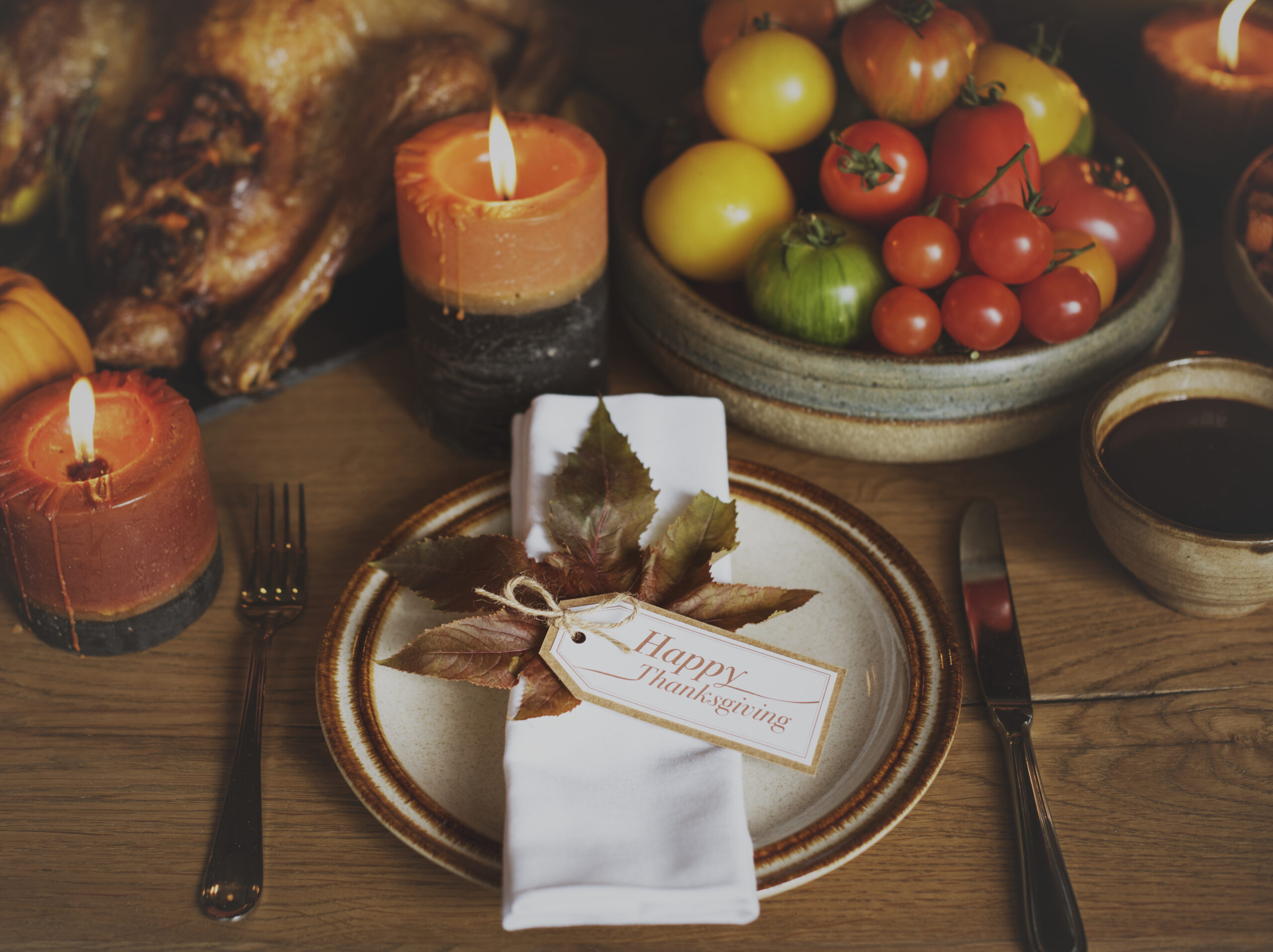Birdbaths are a delightful addition to any garden, offering a refreshing oasis for birds while providing bird enthusiasts with endless opportunities for observation. However, creating and maintaining the perfect birdbath involves more than simply placing a bowl of water in your yard. Many well-meaning gardeners inadvertently make mistakes that can deter birds or even pose risks to their feathered visitors. Understanding these birdbath mistakes is crucial for creating a safe and inviting environment that meets the needs of local wildlife.
Common Birdbath Placement Mistakes
Where you place your birdbath significantly affects its effectiveness. Here are 5 common placement mistakes to avoid:
- Too Close to Feeders: Placing birdbaths too close to feeders can result in contamination from seed hulls and droppings.
- Excessive Sun Exposure: Full sun can cause water to heat up quickly, making it unappealing for birds.
- Too Much Shade: While some shade is beneficial, too much can lead to algae growth and cooler water temperatures.
- Open Areas: Birdbaths placed in open areas may leave birds vulnerable to predators.
- Inaccessible Locations: Ensure the birdbath is easily accessible for both birds and for regular maintenance.
Choosing the Wrong Birdbath Material
The material of your birdbath can affect its durability and attractiveness to birds. Here are 3 materials to avoid:
- Metal: Metal birdbaths can become excessively hot in the sun, making the water uncomfortable for birds.
- Plastic: Plastic can degrade over time and may leach harmful chemicals into the water.
- Glass: While visually appealing, glass birdbaths can crack easily and pose a risk of injury.
Opt for materials like concrete or ceramic, which offer durability and maintain a stable water temperature.
Neglecting Regular Maintenance
Consistent maintenance is crucial for keeping your birdbath inviting and safe. Here is a maintenance checklist to ensure your birdbath remains in optimal condition:
- Regular Cleaning: Clean the birdbath every few days to prevent algae buildup and remove debris.
- Water Replacement: Change the water frequently to keep it fresh and free from contaminants.
- Inspect for Damage: Regularly check for cracks or other damage that could affect the birdbath’s integrity.
- Winter Care: In colder climates, ensure the birdbath is winterized or replaced with a heated model.
Ignoring Water Quality and Temperature
Water quality is a critical factor in attracting birds. Here are some tips for water quality:
- Use Clean Water: Always fill your birdbath with fresh, clean water.
- Avoid Chemicals: Do not use chemicals or additives that could harm birds.
- Monitor Temperature: Ensure the water is not too hot or cold; lukewarm is ideal.
Failing to Attract Birds with Proper Features
To make your birdbath more appealing, consider incorporating features that attract birds:
- Shallow Depths: Birds prefer shallow water, ideally no more than 2 inches deep.
- Textured Surface: A rough surface can help birds grip and feel secure.
- Drippers or Misters: Moving water can attract birds and keep the water fresher longer.
Overlooking Seasonal Adjustments
Adjusting your birdbath seasonally can enhance its effectiveness and usability:
- Summer: In hot weather, check water levels frequently and provide shade.
- Winter: Use a heated birdbath or add a heater to prevent water from freezing.
- Spring and Fall: These transitional seasons are ideal for thorough cleaning and inspection.
Creating a Bird-Friendly Environment
By avoiding common birdbath mistakes and implementing practical solutions, you can create a welcoming environment for birds in your garden. Thoughtful placement, appropriate materials, regular maintenance, and seasonal adjustments are all key factors in ensuring your birdbath is a safe and attractive resource. With these considerations in mind, your birdbath can become a thriving hub of activity and a source of joy for both you and your feathered visitors.

